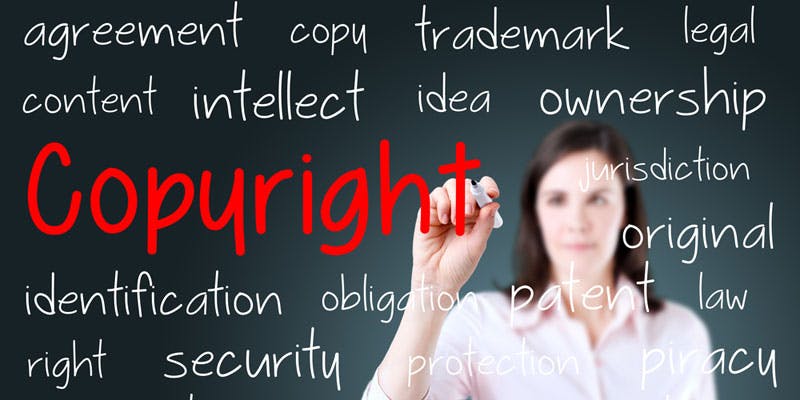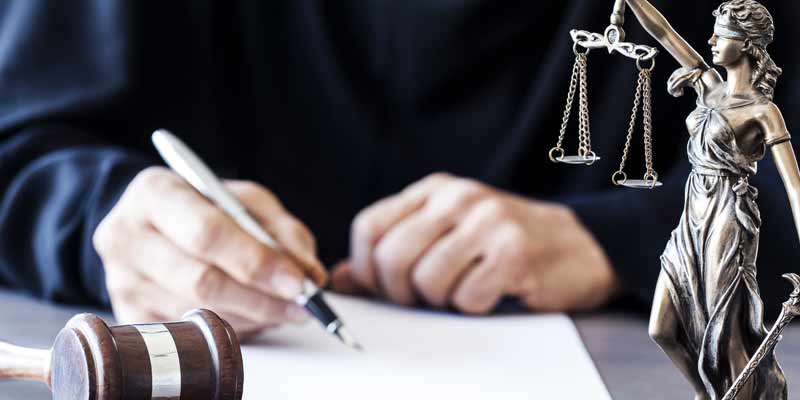Copyrights
 Copyright law protects original works of expression, such as written material, fine and graphic arts, music, photography, software, video and cinema, by preventing the work from being copied or commercially exploited without the permission of the copyright owner. Copyright protection may also be available for a trademark if it has artistic elements included within it as well. Most companies now have a website and the information you place on that website may be protected by copyright, as well as any advertising material you may utilize or software you develop. By registering these copyrightable works with the Copyright Office, you can enforce these rights if your works are misappropriated
Copyright law protects original works of expression, such as written material, fine and graphic arts, music, photography, software, video and cinema, by preventing the work from being copied or commercially exploited without the permission of the copyright owner. Copyright protection may also be available for a trademark if it has artistic elements included within it as well. Most companies now have a website and the information you place on that website may be protected by copyright, as well as any advertising material you may utilize or software you develop. By registering these copyrightable works with the Copyright Office, you can enforce these rights if your works are misappropriated
How do I obtain copyrights?
Copyright vests with the original creator or author of the work, unless the work was a work-for-hire, in which case the hiring party is considered the author. The copyright can be registered with the copyright office at any time during the term of the copyright.
How do I obtain a registration of my copyright?
The U.S. Copyright office is a division of the Library of Congress, and administers and issues registration of copyrights to those whose applications that are entitled to a registration.
Am I required to place a copyright notice on any works to which I am claiming copyright?
The copyright notice consists of three elements, the copyright symbol ©, the year of first distribution to the public and the name of the copyright owner. While this notice is not required in order to claim infringement or damages, it is advisable that the notice be placed on any work to which a business or individual is claiming copyright.
What are the advantages provided by a copyright registration?
Current law does not require registration of the work with the U.S. Copyright Office. However, registering a work provides the following advantages: registration is required to file an infringement suit; also if an application for registration has been filed within three months of publication or before the infringement occurs, the owner has the right to receive statutory damages. These statutory damages range from $750 per infringement to $30,000 per infringement. If infringement is shown to be willful, the damages can be tripled. Additionally, certain costs and reasonable attorney’s fees may be recovered.
If the work is unregistered, the copyright holder must show actual damages incurred. These can be reimbursed and the infringer can be forced to disgorge any profits that may have been made through the infringement.
As a business owner, what types of works can receive copyright protection?
Business owners frequently have items which are protected through copyright. Some examples are advertisements and commercials, website content, trademarks with significant design elements and software developed by the company.
What is the duration of the term of a copyright?
Works created on or after January 1, 1978, is the life of the author plus 70 years. If the work is anonymous or pseudonymous or a work-for-hire, the term is 75 years from publication or 100 years from creation. If the work is a joint work, with no work-for-hire authorship, the term is the life of the last surviving author plus 70 years. At the end of the term, the work falls into the public domain.
What is “Fair Use”?
There are some situations where copyrighted material can be used, without infringing the author’s rights, known as fair use. There are four factors to be considered in determining fair use:
The purpose and character of the use, including whether such use is of a commercial nature or is for nonprofit educational purposes;
The nature of the copyrighted work:
The amount and substantiality of the portion used in relation to the copyrighted work as a whole; and
The effect of the accused use on the potential market for or value of the copyrighted work.
What are some examples of works that are not copyrightable?
Works that are not fixed in a tangible medium of expression. Trivial works without creative substance, i.e., words, names, titles, slogans and short phrases. Ideas, principles, concepts, plots, procedures, processes, systems and methods of operation (idea vs. expression dichotomy). While facts typically are not eligible for copyright proection, the expression of the facts may be copyrightable.
What are the two criteria for an infringement action?
Proof of ownership of the copyright and proof of copying by the infringer are the criteria needed for an action.
Recommended Web Sites
U.S. Copyright Office (www.copyright.gov) maintains a website which provides general information on copyright law and links to legal references. It also provides instructions on how to register and license a copyright as well as other information on copyright.






 So you are thinking of starting your own business. The first thing your attorney will advise you to do is to check with the Secretary of State to see if the name of your business is available on the corporate name database. Unfortunately, after this step many business stop thinking about their trademarks and this can be a costly mistake.
So you are thinking of starting your own business. The first thing your attorney will advise you to do is to check with the Secretary of State to see if the name of your business is available on the corporate name database. Unfortunately, after this step many business stop thinking about their trademarks and this can be a costly mistake.